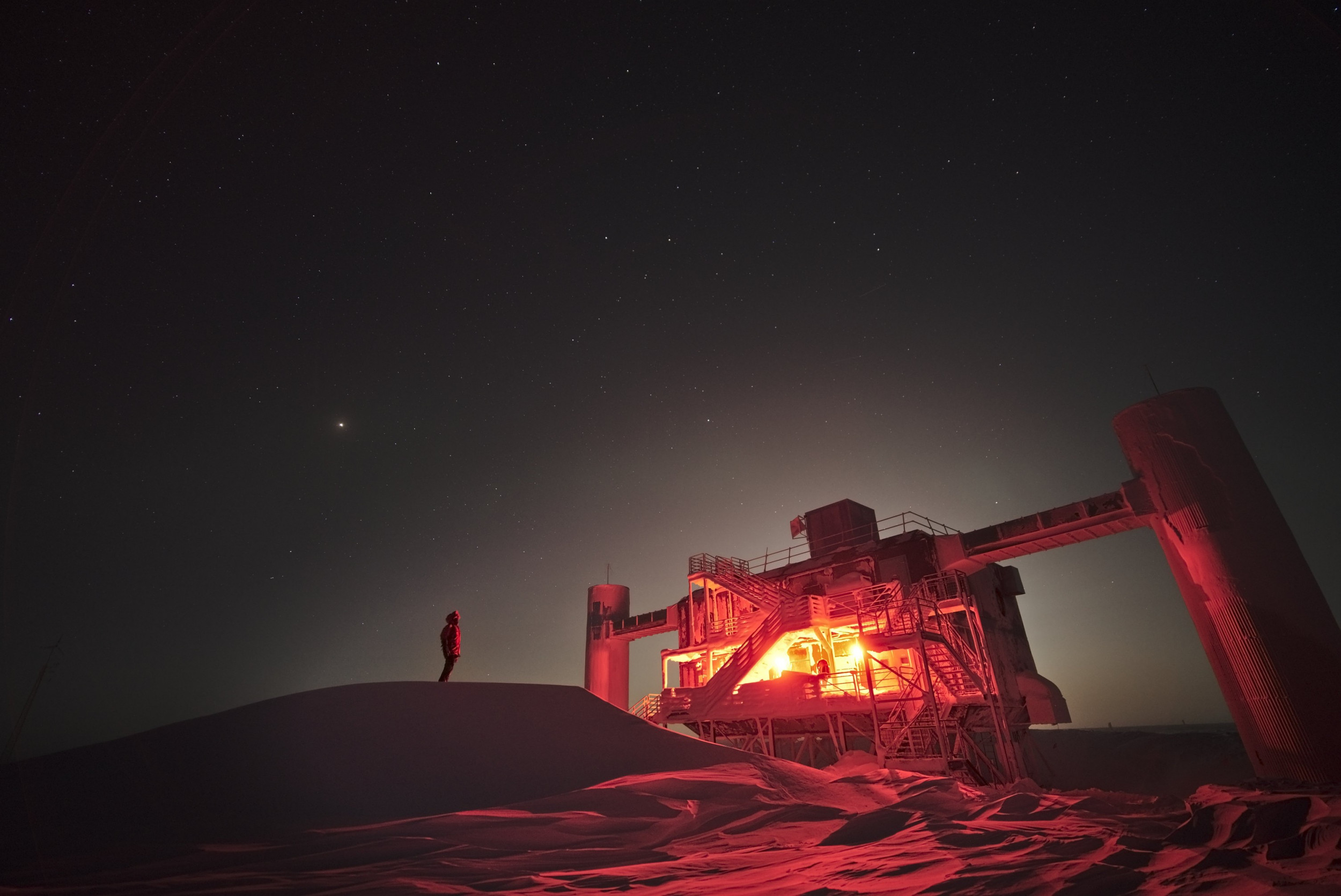
IceCube is comprised of more than 5,000 digital optical modules suspended in a cubic kilometer of ice at the South Pole. It is premature to speculate where these neutrinos originated, he adds, but the IceCube collaboration is continuing to refine and expand the analysis. "Their properties are strongly inconsistent with what you would expect of atmospheric sources and are almost exactly what you would expect from an astrophysical source," Whitehorn says. These events, including two that exceeded the unprecedented energy level of 1 PeV, were one of the main goals for building a detector such as IceCube. In his talk, postdoctoral fellow Nathan Whitehorn described 28 high-energy neutrino events captured by the detector between May 2010 and May 2012. Far rarer are high-energy neutrinos that may hail from the most powerful cosmic events-such as gamma ray bursts, black holes, or star formation-where they would be created in association with high-energy cosmic rays that can reach energies up to thousands of PeVs. Though billions of neutrinos pass through the Earth every second, the vast majority originate either in the sun or in the Earth's atmosphere.

"I would never have imagined that the science would be more exciting than building this instrument."īecause they rarely interact with matter and are unimpeded by gravity, neutrinos can carry information about the workings of the highest-energy and most distant phenomena in the universe. "This is what we were looking for," he adds. "We're looking for the first time at high energy neutrinos that are not coming from the atmosphere," says Francis Halzen, principal investigator of IceCube and the Hilldale and Gregory Breit Distinguished Professor of Physics at UW–Madison. The observatory is located in the ice beneath that facility.The IceCube Neutrino Observatory, run by an international collaboration and headquartered at the Wisconsin IceCube Particle Astrophysics Center (WIPAC) at the University of Wisconsin–Madison, identified the neutrinos, which were described today (May 15) in a talk at the IceCube Particle Astrophysics Symposium at UW–Madison. Even then, all personnel and supplies had to first be flown into the McMurdo research station, then transported 800 miles (1,287 km) by C-130 cargo aircraft to the National Science Foundation's Amundsen-Scott South Pole Station. To get the project finished on time and on budget, crews worked around the clock, as construction was limited to the summer months of November through February. Now that all the strings are frozen in place, the sensors on them make up a one-square-kilometer cube-shaped matrix, the top of which sits 1.24 miles (2 km) below the surface of the ice. The business end of the observatory consists of 5,160 optical sensors that have been joined together in groups of 60 on a total of 86 “strings.” Each string has been lowered into an individual vertical bore hole in the Antarctic ice cap, the holes arranged in a grid. Ever since neutrinos were discovered in 1956, scientists have hoped to decipher the information these astronomical messengers carry about distant cosmic events and the completion of the observatory marks an important step towards tracing their origins. As neutrinos collide with water molecules in the pitch black, ultra-clear ice, a blue flash of light results, which is detected by the sensors.

Located in Antarctica, the observatory is looking specifically for high-energy neutrinos, which are created in violent cosmic events such as super novae and gamma ray bursts. After five years of construction, an international team has put the finishing touches on the University of Wisconsin’s IceCube Neutrino Observatory.


 0 kommentar(er)
0 kommentar(er)
